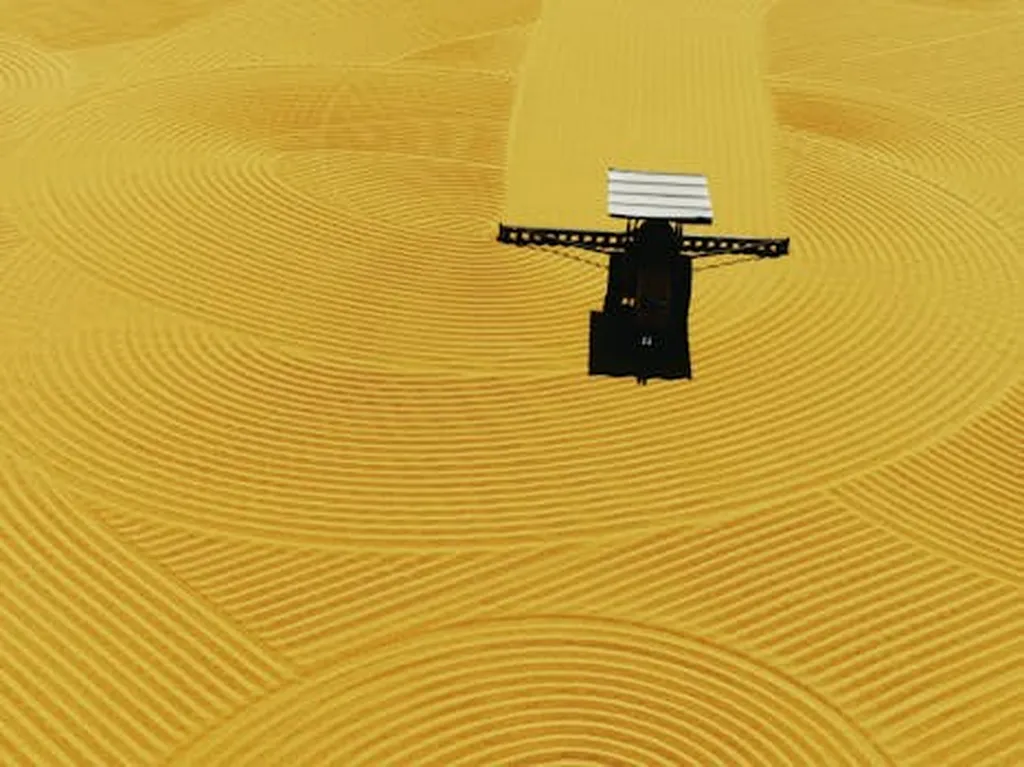In the ever-evolving landscape of agriculture, precision farming stands as a beacon of hope for enhancing yield efficiency, minimizing environmental impact, and curbing the costs of fertilizers and fuel. A recent study published in the journal *Entdeckung der Landwirtschaft* (Discover Agriculture) delves into the intricacies of improving agricultural management zoning, offering a nuanced approach that combines satellite imagery, crop phenology, and soil sensing data. The research, led by Larissa Torney from the Department of Agromechatronics at Technische Universität Berlin, presents a compelling narrative that could reshape the future of precision farming.
The study underscores the importance of tailoring nutrient application to spatial and temporal variations, a task that demands a deep understanding of soil nutrient composition, plant nutrient supply, and soil capacity. To achieve this, Torney and her team proposed subdividing fields into management zones with uniform growing conditions. The researchers combined satellite-based phenological-dependent timeseries of vegetation with proximal soil sensor data from a multi-sensor platform. This data was then processed through a multi-step clustering algorithm based on hierarchical clustering, with the results consolidated by a consensus clustering algorithm.
Four distinct scenarios were tested, each with different input datasets. The first scenario incorporated all scenes during the timeseries, while the second focused on selected scenes during specific phenology stages. The third scenario relied solely on soil information, and the fourth combined phenologically distributed vegetation and soil information. The validation process involved calculating the variance for the input datasets per cluster under each scenario.
Contrary to their initial hypothesis, the researchers found that the clustering based on soil and phenology-separated vegetation data did not improve the management zones. Instead, the vegetation cluster based on the entire Sentinel-2 timeseries exhibited optimal performance for a field in Groß Kreutz, Germany. “Our hypothesis that the clustering based on soil and phenology separated vegetation data would improve the management zones was refuted,” Torney noted. “The vegetation cluster, which was based on the entire Sentinel-2 timeseries, exhibited optimal performance.”
The implications of this research are profound for the agricultural sector. By refining management zones, farmers can adapt their practices to enhance yield efficiency and reduce environmental impact. The study’s findings suggest that a comprehensive understanding of vegetation timeseries can provide more accurate and actionable insights for precision farming.
As the agricultural industry continues to evolve, the integration of advanced technologies like satellite imagery and soil sensing data will play a pivotal role in shaping the future of farming. Torney’s research offers a glimpse into the potential of these technologies, highlighting the importance of data-driven decision-making in agriculture. The study, published in *Discover Agriculture*, serves as a testament to the ongoing efforts to optimize agricultural practices and pave the way for a more sustainable and efficient future.
In the words of Torney, “The management zones are interpreted as recommendations for farmers to adapt the management practices within the framework of possibilities.” This research not only advances our understanding of precision farming but also sets the stage for future innovations in the field. As the agricultural sector continues to embrace technology, the insights gleaned from this study will undoubtedly contribute to the development of more effective and sustainable farming practices.

